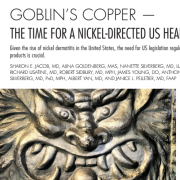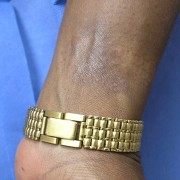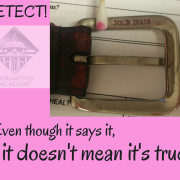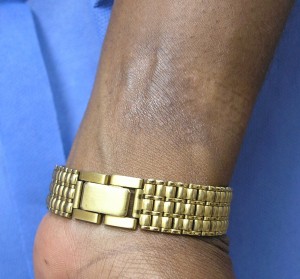Achieve success with your low nickel diet
In addition to the resources you can find at the Dermatitis Academy low nickel diet page, you can now increase your chances for success with the Nickel Navigator App. The app helps track your daily diet nickel intake! According to Rebelytics, the creators of the app, it is a “…support tool for individuals on a low-nickel diet.” The app helps you create a food journal to track your nickel intake. You can also browse though the food groups to see which foods are the lowest or highest in nickel, and you can search for a particular food and drill down into its data to understand how its nickel content varies. Rebelytics compiled this data from “more than 100 scientific sources, including national food studies and journal articles”. Interestingly, the average values can be weighted to the individual’s location so that the most geographically relevant sources are given priority. The app is easy to use, however for those that want to analyze the raw data this is readily available on their website.










 Raise Awareness
Raise Awareness